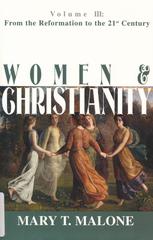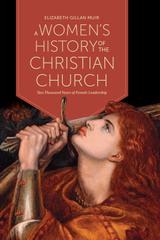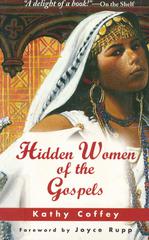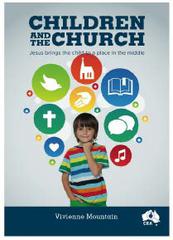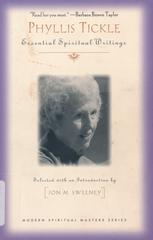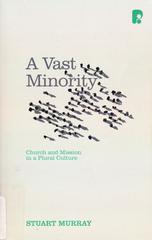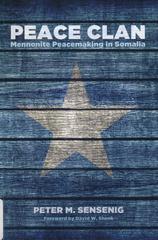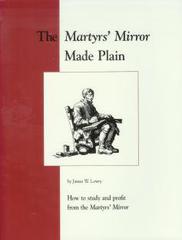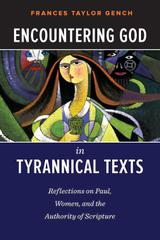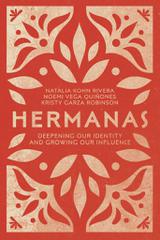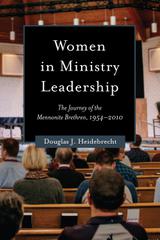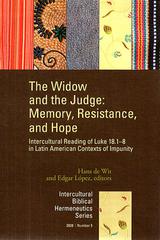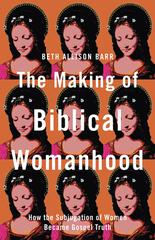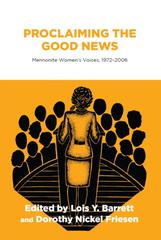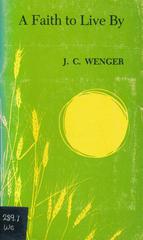Women & Christianity Volume I: The First Thousand Years
PART OF SERIES Women & Christianity Series
Book, 2000, 276 pp
Borrowed Items Ship free with Membership
This first volume covers the first thousand years of Christendom. The first section looks at women in the biblical texts and first centuries of Christian history. These include Mary, the mother of Jesus, Mary Magdalene, and other women who often remain unnamed in the biblical witness, hence becoming known by their story (the woman at the well, the healed woman, etc.). She touches on the ideas of feminist exegesis and feminist hermeneutics as compensatory, revolutionary, and transformative. Women in the early stories of Christianity include householders and sponsors, including some who warrant the title 'apostle', such as Junia and Phoebe. Paul's writing on women in inconsistent in the epistles (if they are meant to be all equally universally applied, rather than messages to specific communities addressing particular situations).
The second section of the text looks at the different roles of women in the developing church; one of the primary roles includes that of martyr. Women suffered alongside their male community members in the various repressions, and some of the strongest witnesses to faith come from women of this time (Blandina and Perpetua, among others). Sometimes, however, the witness of certain women was held to be suspect, as evidenced by Irenaeus' work against some women in southern Gaul. Women also took status as widows (an unordained but important office, one that 'died of its own ambiguities', according to Malone) and deaconess, an office that seems to have involved ordination prayers and charges.
The third section of the book looks a women in leadership roles in these monastic communities (some Abbesses were very powerful) as well as their role in missionary activity throughout Europe as part of the growing monastic movement. Despite the appearance of some strong figures, this was a period in which the continued participation of women in the leadership of the church generally was sharply curtailed, eventually ending with a near-silence from women in any corridor of power and authority. In some locations, the church hierarchy became co-equal with the aristocracy (often being drawn from the same families).
Malone's final chapter looks at the legend of Pope Joan, and Hroswitha of Gandersheim, a poet/dramatist who is credited with being the first Christian dramatist. Malone uses a narrative theological historical method to present these figures.
The second section of the text looks at the different roles of women in the developing church; one of the primary roles includes that of martyr. Women suffered alongside their male community members in the various repressions, and some of the strongest witnesses to faith come from women of this time (Blandina and Perpetua, among others). Sometimes, however, the witness of certain women was held to be suspect, as evidenced by Irenaeus' work against some women in southern Gaul. Women also took status as widows (an unordained but important office, one that 'died of its own ambiguities', according to Malone) and deaconess, an office that seems to have involved ordination prayers and charges.
The third section of the book looks a women in leadership roles in these monastic communities (some Abbesses were very powerful) as well as their role in missionary activity throughout Europe as part of the growing monastic movement. Despite the appearance of some strong figures, this was a period in which the continued participation of women in the leadership of the church generally was sharply curtailed, eventually ending with a near-silence from women in any corridor of power and authority. In some locations, the church hierarchy became co-equal with the aristocracy (often being drawn from the same families).
Malone's final chapter looks at the legend of Pope Joan, and Hroswitha of Gandersheim, a poet/dramatist who is credited with being the first Christian dramatist. Malone uses a narrative theological historical method to present these figures.
| Type | |
| Genre | History |
| Expression | General Writing/Recording |
| Topic | General Christianity, The Journey of Women in Church Leadership, General Women in the Bible |
| Audience | Adults |
| Language | English |
| Publisher | Orbis Books |
| ISBN | 9782895070962 |

Please provide your contact information. We will check this item's availability and get back to you soon with the price and expected time of delivery.



